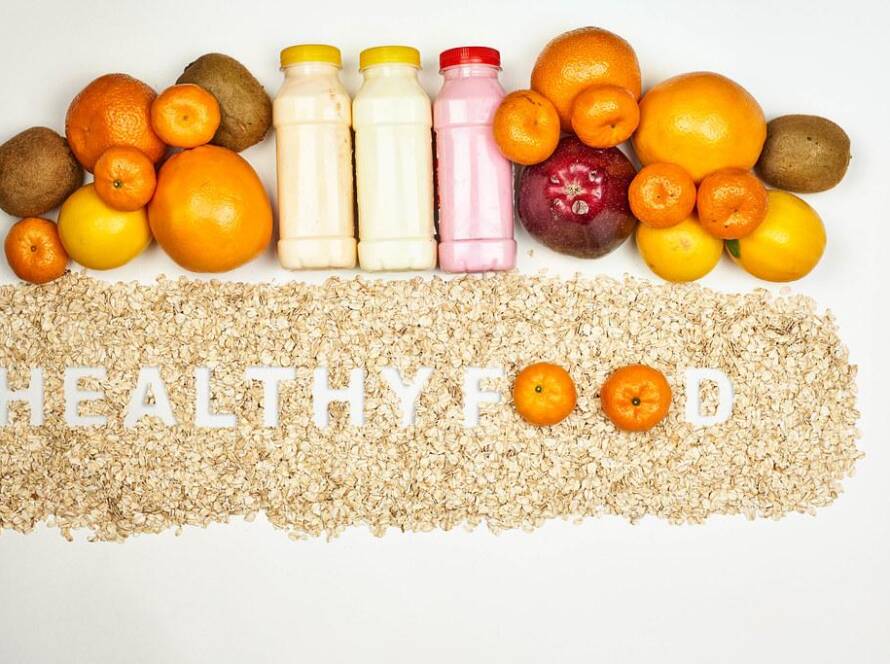Introduction:
As the awareness around the benefits of a plant-based diet increases, many people are looking for ways to incorporate more plant-based meals into their diet. A plant-based diet consists of primarily consuming foods derived from plants, such as fruits, vegetables, whole grains, legumes, nuts, and seeds, and eliminating or decreasing animal products such as meat, dairy, and eggs. Studies have shown that following a plant-based diet can have numerous health benefits, such as reducing the risk of chronic diseases and promoting sustainable weight loss. However, transitioning to a completely plant-based diet can seem daunting for many.
If you are looking to slowly add more plant-based foods to your diet, this article will provide practical tips and tricks to help you make the transition with ease.
Benefits of a Plant-Based Diet:
Before diving into how to add plant-based foods to your diet, let’s first look at some of the benefits of following a primarily plant-based diet.
- Improves Gut Health: Plant-based diets are naturally high in fiber, which is beneficial for maintaining a healthy gut. A diet rich in fiber can promote regular bowel movements, prevent constipation, and support the growth of good gut bacteria.
- Supports Weight Loss: Plant-based diets are typically lower in calories and saturated fats, making them an excellent option for those looking to lose weight. Additionally, plant-based foods are filled with nutrients and fiber, which can help you feel full and satisfied, leading to a decrease in calorie intake.
- Reduces Risk of Chronic Diseases: Studies have shown that following a plant-based diet can reduce the risk of chronic diseases such as heart disease, type 2 diabetes, and certain types of cancer.
- Better for the Environment: Plant-based diets have a significantly lower environmental impact compared to animal-based diets. A plant-based diet can help reduce greenhouse gas emissions, preserve land and water resources, and decrease pollution.
How to Slowly Add Plant-Based Foods to Your Diet:
- Start with One Meal a Day:
A great way to begin incorporating more plant-based foods into your diet is to start with one meal a day. This could be breakfast, lunch, or dinner, depending on your personal preference and schedule. Begin experimenting with plant-based recipes for that meal and slowly increase the number of plant-based meals in your diet as you become more comfortable.
- Swap Out One Ingredient at a Time:
Instead of completely overhauling your diet, start by making small swaps. For example, replacing cow’s milk with plant-based milk, such as almond or oat milk, or swapping out meat for plant-based protein sources like tofu or beans. These small changes can make a big difference in the long run.
- Focus on Whole Foods:
When incorporating more plant-based foods into your diet, try to focus on whole, unprocessed foods. This could include fruits, vegetables, whole grains, legumes, nuts, and seeds. These foods are not only healthier but are also more satiating and filling.
- Experiment with New Recipes:
Transitioning to a plant-based diet does not have to be boring or restrictive. There are countless plant-based recipes available online that are delicious and easy to make. Start by trying a few recipes each week and slowly build up a repertoire of go-to meals.
- Incorporate Meatless Days:
Designate one or two days a week as “meatless days”, where you eliminate meat from your diet entirely. This will not only decrease your meat consumption but also encourage you to try new plant-based meals.
- Make Small Changes to Your Favorite Meals:
You do not have to give up all of your favorite meals to follow a plant-based diet. Instead, make small changes to make them more plant-based. For example, swap out ground beef for lentils in a Bolognese sauce or use tofu instead of chicken in stir-fry dishes.
- Try Meat Alternatives:
If you are having a hard time giving up meat, try incorporating meat alternatives into your diet. There are many plant-based options available in supermarkets, such as veggie burgers, plant-based “meat” crumbles, and plant-based hot dogs. These options can help ease the transition for those who are used to having meat in their meals.
Case Study:
Linda, 32, was interested in incorporating more plant-based meals into her diet but was unsure where to start. She started by swapping out cow’s milk for almond milk in her morning coffee and experimenting with new plant-based recipes for dinner. Within a month, she had decreased her meat consumption to only a few meals a week and was feeling more energetic and less bloated. She now incorporates plant-based meals into all of her daily meals and has seen a significant improvement in her health.
First-hand Experience:
As someone who has made the transition to a primarily plant-based diet, I can speak first-hand about the positive impact it has had on my health and well-being. I started by incorporating one plant-based meal a day and slowly increased from there. Not only do I feel healthier, but I have also noticed significant improvements in my digestion and energy levels.
Conclusion:
Transitioning to a plant-based diet may seem intimidating, but it does not have to be an all-or-nothing approach. By incorporating these tips and tricks, you can slowly add more plant-based foods to your diet and reap the numerous benefits it has to offer. Remember to be patient with yourself and take it one step at a time. With time and commitment, you will be well on your way to a healthier and more sustainable diet.






